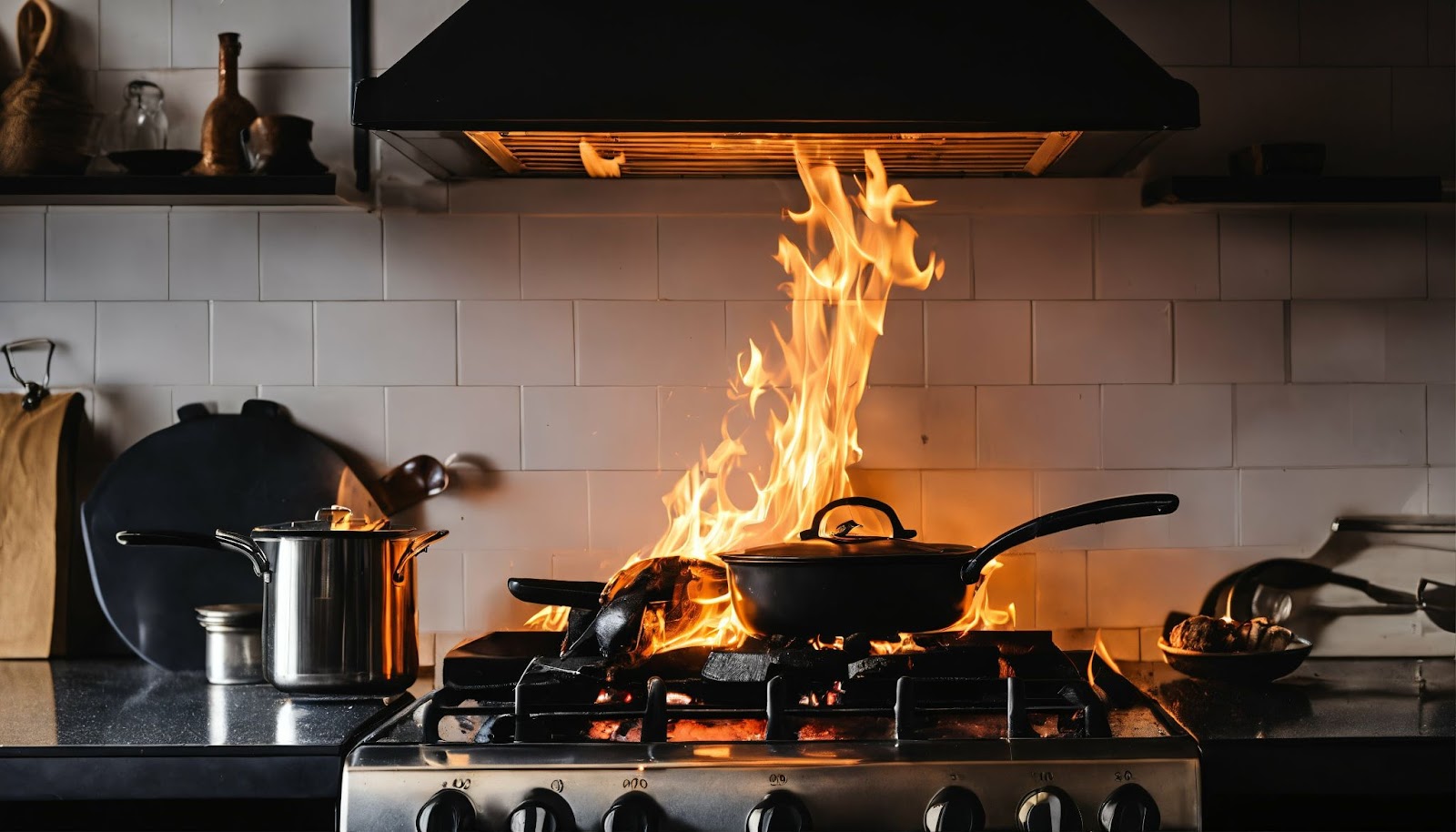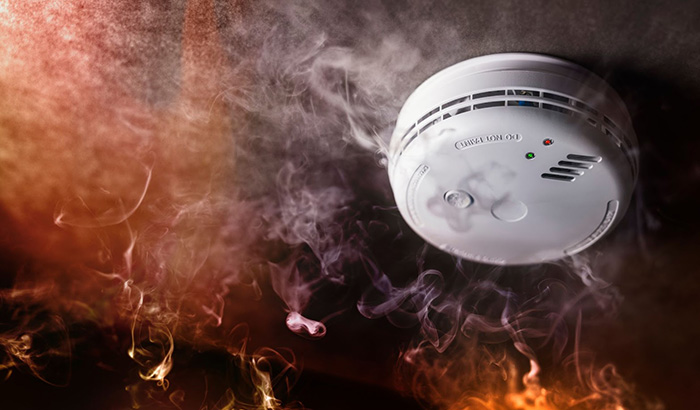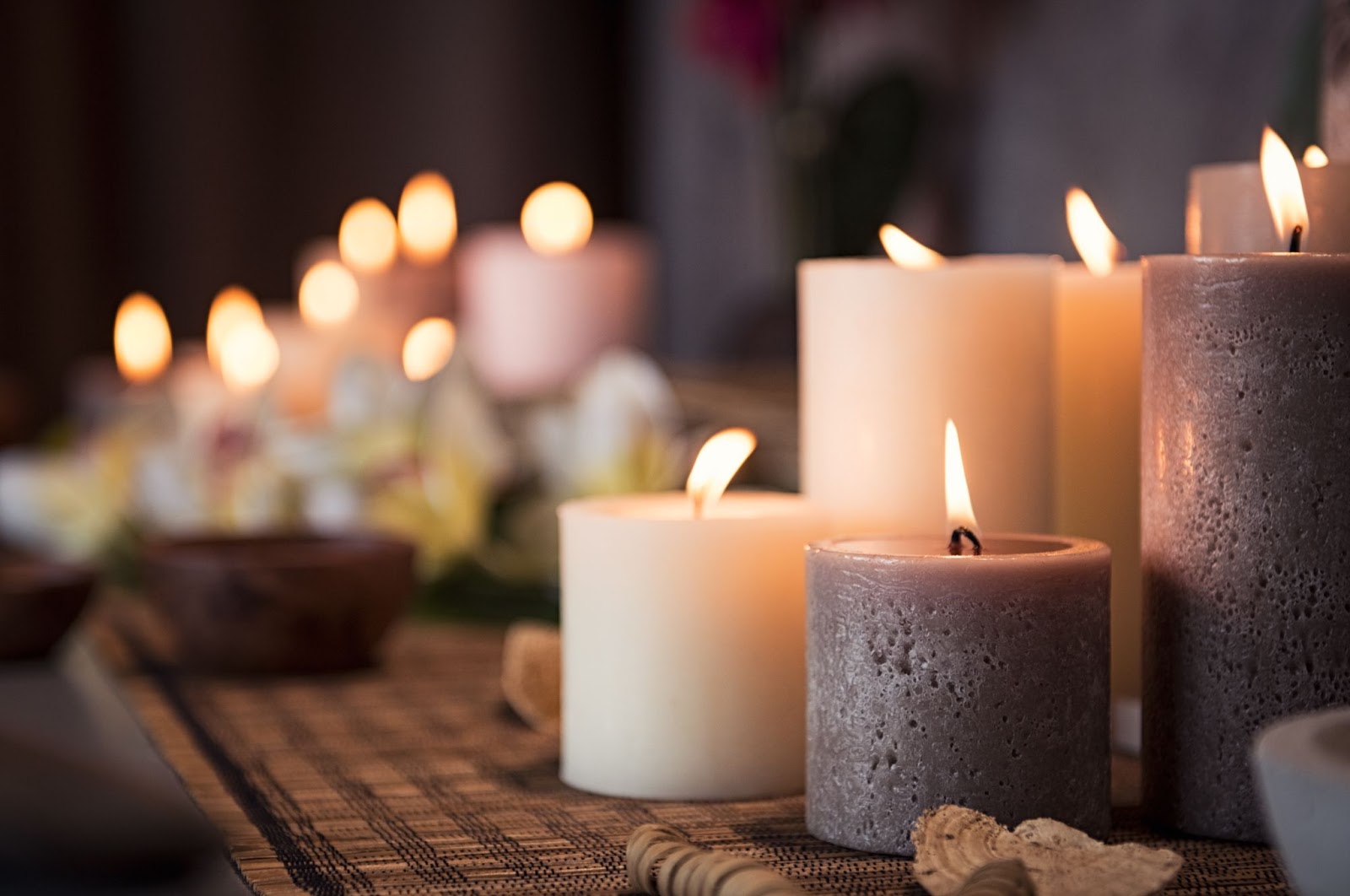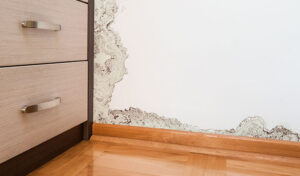Home is where the heart is, but it’s also where most fire hazards lurk, hidden in plain sight. Understanding these dangers is crucial for keeping your sanctuary safe.
From the stove that simmers your soup to the wires crisscrossing behind your walls, each plays a role in the safety of your abode. Fires often start where we least expect them, and a moment’s inattention can have dire consequences.
Get ready to discuss the common fire hazards lurking within the walls of our homes, exploring areas such as the kitchen, electrical systems, heating sources, and even everyday habits like smoking or candle usage. By shining a light on these potential risks, we aim to empower you with the knowledge to mitigate them effectively.
Beyond merely identifying these hazards, we’ll equip you with practical tips and strategies for fire prevention. Whether implementing kitchen safety practices, conducting regular electrical maintenance, or practicing safe habits when using open flames, our goal is to ensure that your home remains a sanctuary rather than a potential tinderbox.
So, join us as we navigate the common fire hazards in our homes and discover how simple steps make a significant difference in protecting what matters most. Let’s turn your home into a safe haven where cherished memories will continue to flourish without the threat of fire looming overhead.
Kitchen hazards

The kitchen, often referred to as the heart of the home, is a bustling hub where families gather to prepare meals and create lasting memories. However, amidst the warmth and aroma of cooking lies the potential for fire hazards that can quickly turn a cozy atmosphere into a disaster zone.
One of the most common culprits behind kitchen fires is cooking-related mishaps, especially grease fires. With its high flammability, Grease ignites in seconds when exposed to high heat, leading to rapid spread and significant damage.
To mitigate this risk, it’s crucial to maintain a vigilant eye while cooking and never leave the stove unattended, especially when frying or working with oily foods.
Flammable materials such as dish towels, paper towels, or even curtains should be kept at a safe distance from heat sources like stoves, ovens, or toasters. These items, if left too close, easily catch fire and might escalate a small incident into a full-blown blaze.
Smoke detectors are indispensable guardians against kitchen fires. Regularly testing and maintaining these devices ensures they are ready to alert occupants at the first sign of smoke, providing crucial time for evacuation and firefighting efforts.
It’s also important to properly store and handle combustible materials as part of fire prevention practices. Store flammable liquids such as cooking oils, cleaning products, or aerosol cans away from heat sources to prevent accidental ignition.
Keep the area around stoves and ovens clear of clutter, ensuring no flammable items are within reach of open flames.
| Fire Hazard | Prevention Measures |
| Grease fires | Keep a lid nearby; never use water |
| Flammable items | Store away from heat sources |
| Smoke detectors | Test regularly; ensure proper functionality |
| Electrical fires | Inspect cords; avoid outlet overloads |
| Dryer fires | Clean lint filter after each use |
Electrical hazards
Another common source of house fires is electrical hazards, often caused by faulty wiring, overloaded circuits, and the misuse of electrical appliances. To minimize risks, it’s crucial to identify and address these hazards promptly.
Faulty Wiring
Aged or damaged wiring easily leads to electrical fires. Watch for signs like flickering lights, burning smells, or frequent circuit breaker trips.
Overloaded Circuits
Extension cords and power strips are convenient but overload circuits if multiple high-energy appliances are connected. Always adhere to the maximum load specifications.
Defective Appliances
Frayed cords or damaged electrical devices easily act as ignition sources. Inspect your appliances regularly and replace cords that show wear.
Prevention Tips
- Install smoke detectors in key areas and test them monthly.
- Keep flammable materials away from heat sources.
- Clean lint traps in dryers after each use to prevent dryer fires.
- Use power strips cautiously and never daisy-chain them.
- Hire a qualified electrician to inspect and repair any faulty wiring.
By staying vigilant against electrical hazards, you will protect your home and loved ones from potential danger.
Heating hazards
Heating equipment is one of the leading causes of home fires during the colder months. The best way to mitigate these risks is to recognize common fire hazards associated with heating and implement strategies for prevention.
Space heaters, a popular choice for additional warmth, should be kept at least three feet away from flammable materials, such as curtains, bedding, or furniture. Use space heaters on a flat, stable surface to prevent tipping. Another precaution is to ensure that heaters are turned off when leaving the room or going to sleep.
A professional should regularly inspect and maintain central heating systems, including furnaces and gas water heaters. Dust bunnies and lint accumulate near heat sources. These little rascals are a potential fire hazard, so keeping these areas clean is essential.
Chimneys and fireplaces also demand attention; use a robust screen to prevent sparks from escaping and have the chimney cleaned annually to reduce the buildup of combustible creosote.
Here is a checklist for heating safety:
- Space heaters: Keep distance from combustibles and turn them off when not in use.
- Furnaces: Inspect annually and maintain regularly.
- Chimneys: Clean yearly; use a protective screen.
- Smoke detectors: Install near heating systems and test monthly.
Candle and open flame hazards
Candles and open flames add warmth and ambiance to any home, but they also have inherent fire risks that demand careful management.
Never leave candles unattended, especially in rooms where they could easily be knocked over. Before leaving the room or going to sleep, extinguish all candles completely.
Position them on stable surfaces away from flammable materials like curtains, bedding, or decorations. It’s also essential to keep candles out of reach of children and pets, who may inadvertently knock them over or get burned.
Opt for sturdy candle holders that catch dripping wax and place them on level, heat-resistant surfaces.
During power outages, avoid using candles as lighting sources and instead rely on safer alternatives like flashlights to prevent accidental fires. Store lighters, matches, and other fire-starting materials securely, out of reach of children, and away from combustible materials.
Prevention Tips for Common Fire Hazards in the Home
Understanding and mitigating risks associated with common fire hazards is crucial in preventing house fires. Implementing effective strategies is essential, and here are some key approaches to consider:
- Install Smoke Alarms: Ensure your home is equipped with smoke alarms on every level, especially inside bedrooms. Test them monthly and replace batteries annually.
- Space Heaters: Keep space heaters at least three feet away from flammable materials. Never leave them unattended, and shut them off before going to bed.
- Cooking Vigilance: Never leave cooking unattended. Keep the stove and oven clear of combustible materials and regularly clean to avoid grease fires.
- Electrical Safeguards: Inspect electrical cords for signs of fraying and replace them if necessary. Avoid overloading electrical outlets and use power strips responsibly.
- Dryer Maintenance: Clean the lint trap after each use and inspect the lint filter and ducts regularly. Never run the dryer without a lint filter or when you are not home.
- No Smoking Indoors: If you must smoke, do it outside. Always use deep, sturdy ashtrays and ensure that butts and ashes are completely extinguished.
- Safe Storage: Store flammable items and liquids away from heat sources.
- Escape Plan: Create and practice a fire escape plan with all family members, ensuring two exits for every room.
Simple vigilance and these preventative measures significantly reduce the risk of fire in your home.
Have an emergency plan
Lastly, having a well-practiced escape plan is essential for every household. In the event of a fire, every second counts, and knowing how to evacuate safely saves lives. Fires spread rapidly, so it’s crucial to react swiftly and calmly. Designate a specific meeting spot outside, away from the home, where everyone will gather after evacuating.
Develop and regularly review an escape plan with all household members, identifying primary and secondary escape routes and meeting points outside the home.
Remember that different scenarios may require different escape routes, so planning and practicing various scenarios is essential. By doing so, you’ll be better prepared to respond effectively in the event of a fire and ensure your safety and that of your loved ones.
You can depend on Total Flood & Fire Restoration
In times of crisis, having a reliable partner to turn to makes all the difference. Total Flood & Fire Restoration offers professional services tailored to your needs, ensuring a swift and effective response in the aftermath of a fire or any other disaster.
With our expertise and commitment to restoring your property to its former glory, you can trust us to be there when you need us most. Don’t face the challenges of fire damage alone — contact Total Flood & Fire Restoration or call 385-442-9804 24/7 for expert assistance and peace of mind.








